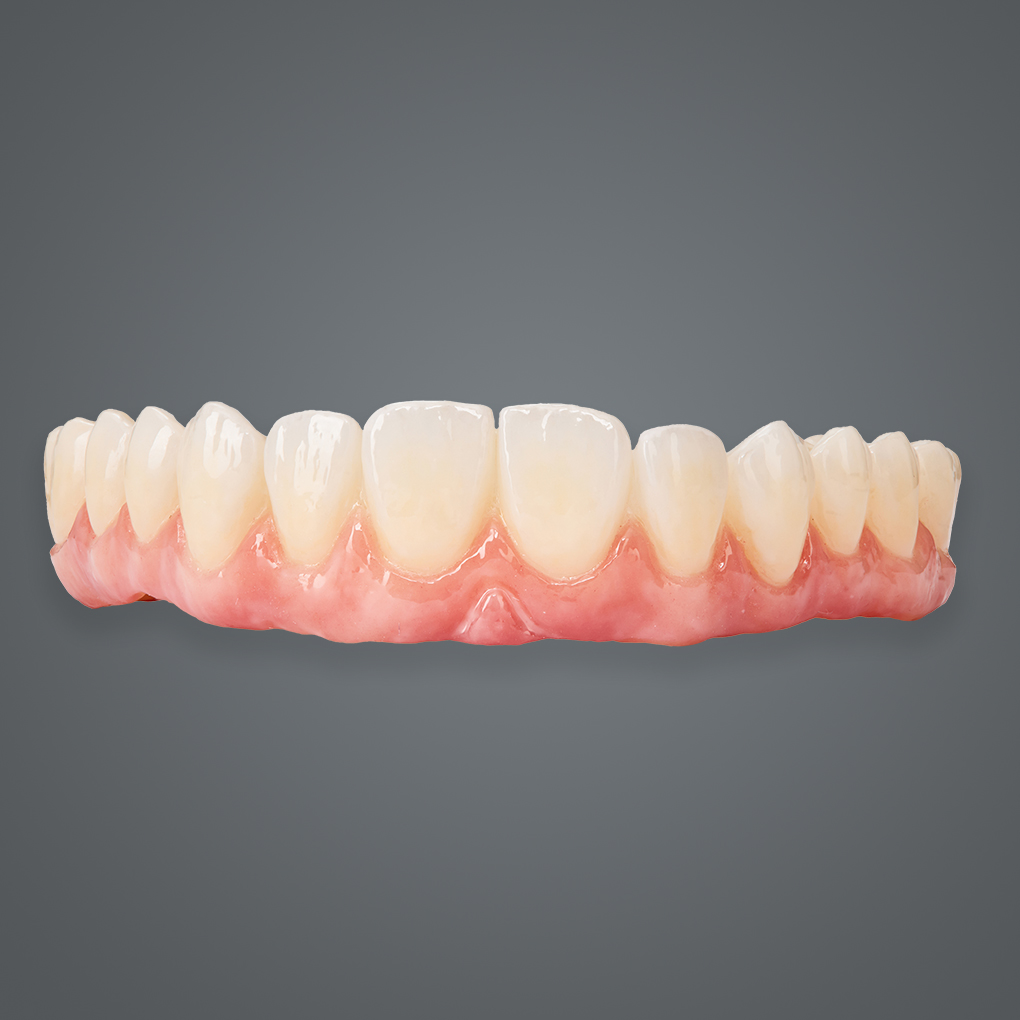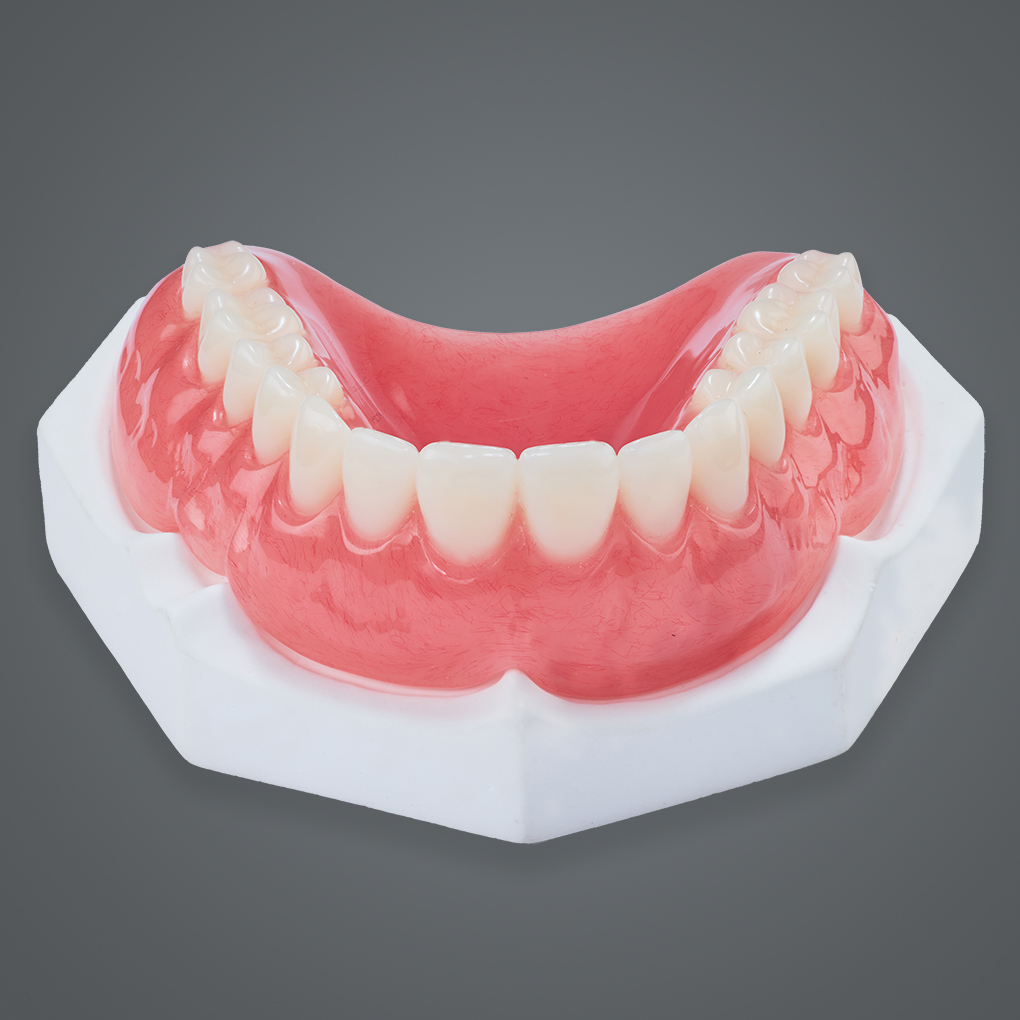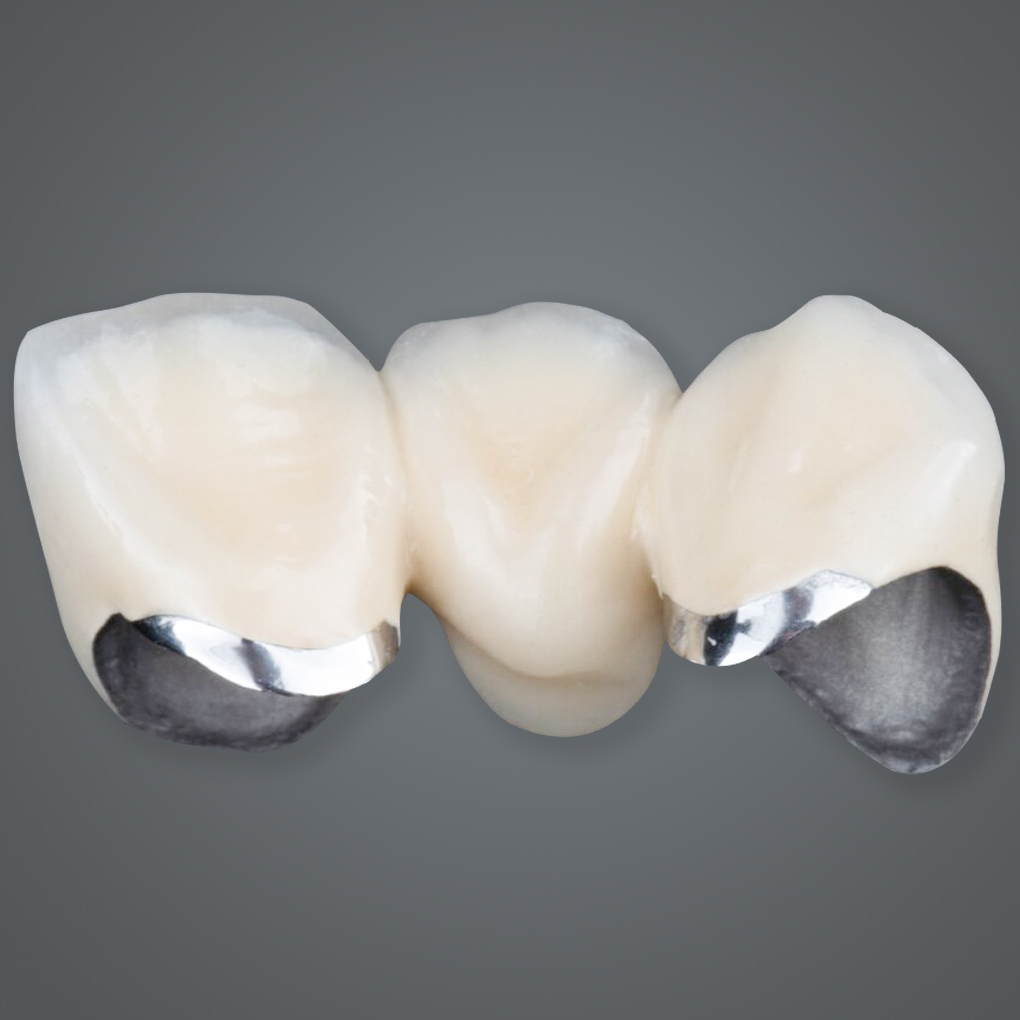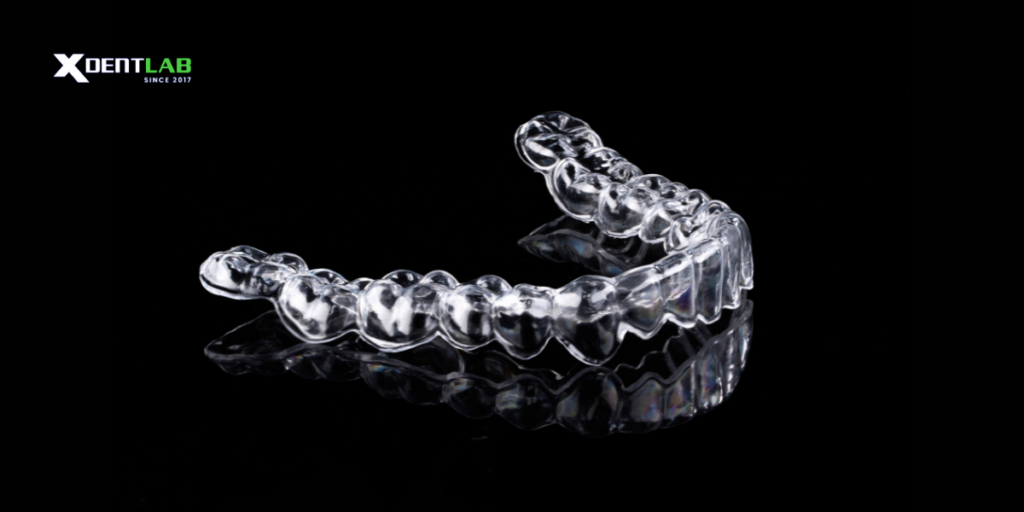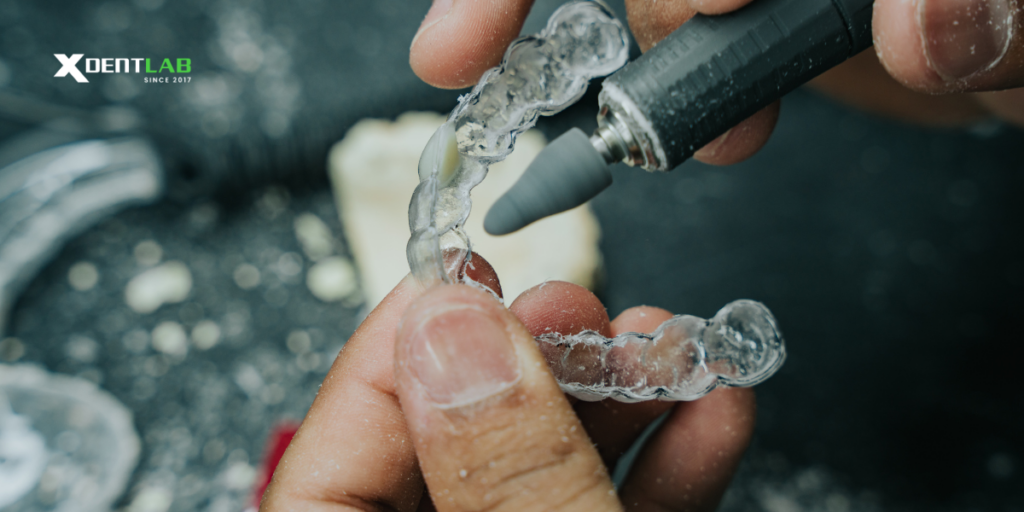In the world of dental restorations, choosing the right retainer materials is crucial for ensuring durability, patient comfort, and long-term effectiveness. For dental labs, selecting high-quality materials can enhance product quality, improve patient satisfaction, and streamline production processes.
This guide explores the different types of retainer materials, their benefits, and how to choose the best option for your lab.
Contents
1. Understanding Different Retainer Materials
Retainers are made from various materials, each with its own advantages and considerations. The most common types include:
1.1. Acrylic Retainers
Acrylic is a widely used material for removable retainers, such as Hawley retainers. It offers:
- Customizability with different colors and designs
- Durability and repairability
- Cost-effectiveness
However, acrylic can be prone to breakage and may cause initial discomfort for some patients.
1.2. Thermoplastic (Essix) Retainers
Essix retainers are made from clear thermoplastic material, offering:
- Aesthetic appeal due to their nearly invisible appearance
- Lightweight and comfortable fit
- Quick production and delivery time
Despite these benefits, thermoplastic retainers may wear down over time and are more susceptible to cracking.
1.3. Polyurethane Retainers
A newer alternative, polyurethane retainers, provide:
- Enhanced durability compared to traditional thermoplastics
- Improved stain resistance
- Better adaptability to oral structures
Polyurethane-based retainers can be more expensive but offer superior longevity
2. Factors to Consider When Choosing Retainer Materials
When selecting the right retainer materials for your dental lab, consider the following factors:
2.1. Durability & Longevity
Some materials, like polyurethane, last longer than traditional acrylic or thermoplastic. Labs should consider the lifespan of each material based on patient needs.
2.2. Aesthetic Appeal
For patients concerned about aesthetics, clear thermoplastic or polyurethane retainers are preferable to acrylic options.
2.3. Comfort & Fit
Materials that provide better adaptability to the patient’s oral structure ensure higher comfort levels, reducing the likelihood of non-compliance.
2.4. Ease of Fabrication
Dental labs should consider how easily the material can be molded, adjusted, and repaired. Thermoplastic retainers, for example, can be quickly fabricated using vacuum-forming technology.
2.5. Cost & Availability
Material costs vary widely, and labs should balance affordability with quality. Acrylic is often the most cost-effective, while polyurethane provides premium performance at a higher price.
3. Best Practices for Dental Labs Using Retainer Materials
To ensure optimal quality and efficiency, dental labs should follow these best practices:
- Source High-Quality Materials: Work with trusted suppliers to obtain reliable and durable materials.
- Optimize Production Techniques: Use advanced digital scanning and vacuum-forming technology to improve precision and efficiency.
- Ensure Proper Storage & Handling: Store materials in controlled environments to maintain their integrity and performance.
4. Conclusion
Choosing the right retainer materials is essential for dental labs striving to produce high-quality, long-lasting, and comfortable retainers. By considering factors such as durability, aesthetics, comfort, and cost, dental labs can select the most suitable materials for their needs. Investing in high-quality materials and optimizing fabrication techniques will ultimately enhance patient satisfaction and streamline lab operations.
Explore Top 5 Vietnam Dental Lab
For premium-quality retainer materials and expert dental lab solutions, XDENT LAB is your trusted partner.
Contact us today to learn more about our lab-to-lab services!

